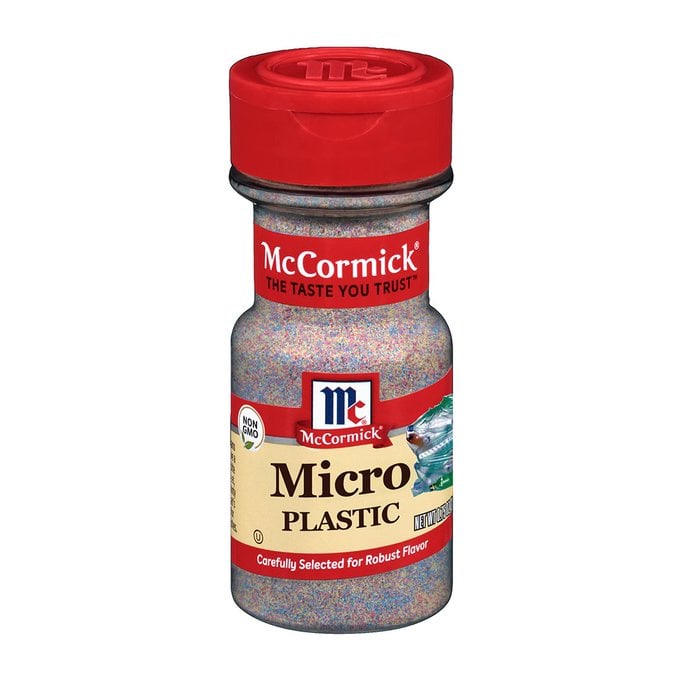I’m trying to resolve an argument.
EDIT: Yes, you can. But you can’t digest it. The only edible parts of a tree are some specific types of tree bark. Thanks, everyone!
I should think you can, depending on the wood, many can be toxic.
The bark of a Willow tree is used to make Aspirin, we smoke paper and eat many plants with less woody stems. There are certain other barks and cambium (the soft layer between the bark and the wood) that contain nutrients, such as birch, pine, elm and a few others that have been eaten by our ancestors for centuries and even have medicinal properties. We also grate cinnamon and a few others as spice. Dog food is often bulked up with ash.
The real issue is that the hard cellulose in the actual wood part is not particularly digestible and basically pure fibre and devoid of any real nutrient value. So it would need to be boiled or blended first I imagine, or steeped as a tea. It would be revolting or taste like nothing and probably give you constipation but I doubt you would die.
As a raw bite of a chunk of wood, no. It would be considered inedible.
Cinnamon is tree bark.
Wood is mostly cellulose and lignin, which holds no nutritional value to us humans. Another comment said that termites have certain enzymes which digest it, but it’s actually the bacteria in their guts which break down the woody fibres so they can turn it into glucose. So, theoretically, maybe we could isolate those bacteria and somehow incorporate them into our guts too? I mean it probably wouldn’t work, but you never know until you try right?
So you’re saying if I eat enough termites I can gain their power?
That’s a question for an anteater. Of course, it may need to ingest something with the power of speech before it can say.
So there is a future, where us humain, go to the restaurant and open the Wood card, and a waiter specialized in wood (certainly french too) will go, Hello, Monsieur, Madame, have you chozen your wood for tonight And our grand kids will respond: “Yes, We will take the Cypress of Bordeaux” And this wonderful french waiter will respond "Very Good Choice with a Fish Sir, It creates a wonderfool Surf and Turf taste
Your mind is an enigma.
Bon appetit!
That’s interesting in that it’s the termites’ gut flora that break down the woody content they ingest, considering that a mycelial presence is required to convert grassland to forest as the bacteria present in soil are unable to process the dendritic xylem in order for reuse in the substrate. Do you know if these termite bacteria are viable alternatives to fungal synthesis in reforestation projects?
Your mom is mostly lignin.
lignin ma ballz
Depends on the wood. Some wood we use for spices like cinnamon so you’ve probably already eaten that. But other types of wood are considered toxic not only to consume, but to the plants around it. Take what I say with a grain of salt as I’m certainly no expert on the matter.
Hemlock comes to mind, as with or without your proffered grain of salt, it can be eaten but is definitely not edible. Those defs are posted in a non-pedantic way above, incidentally.
Also, thanks for the chance to use the word ‘proffered’ in conversation, it’s vanishingly rarely used outside the legal field.
I think you’re confusing the hemlock tree https://en.m.wikipedia.org/wiki/Tsuga
With poison hemlock https://en.m.wikipedia.org/wiki/Conium_maculatum
The tree makes the best bedtime tea I’ve ever had. The herb is a common poison notorious for killing Socrates. You’re still technically accurate, but they’re very different plants.
You can ingest it, but you can’t digest it and it won’t provide much if any nutrition. It’ll probably make you constipated though.
So a good suggestion for the no-poop three days challenge !
Food theory covered this in terms of Christmas trees. The answer is yes, mostly, with a lot of caveats, and also probably not really.
Wood has no nutritional value to humans, but a few things come close:
The center of banana tree trunks are cooked and eaten, and a common parts of some asian dishes, but they aren’t really “wood”.
The inner part of tree bark is digestible by humans, but it is not classified as “wood” either.
Saw dust have been mixed with flour multiple time in history during famine period. However it was mostly done to increase profit, not for its nutritional value and multiple bakers have been killed by angry mob because of that.
So while eating wood may not kill you, serving it could?
William Osman and crew attempted to find the breaking point on this in his video “How Much Sawdust Can You Put In A Rice Crispy?”
See also: Bark bread, aka “pettuleipä” in Finnish
You can eat absolutely anything at least once.
“All mushrooms are edible. Some are only edible once.” - Terry Pratchett
One of my favorite YouTube videos from William Osman How Much Sawdust Can You Put In A Rice Crispy?
if you are a beaver Lol
*Parmesan has entered the chat *
Does bamboo count? It’s a common wood flooring and cutting board option. Lots of furniture is made from it. It’s used like wood, even though it doesn’t grow quite the same as a normal tree. And people have been eating bamboo shoots for a long time.
Sure you can but you probably shouldn’t…
Yes, and you probably have unknowingly eaten it.
https://www.bonappetit.com/entertaining-style/trends-news/article/parmesan-wood-pulp-cellulose














